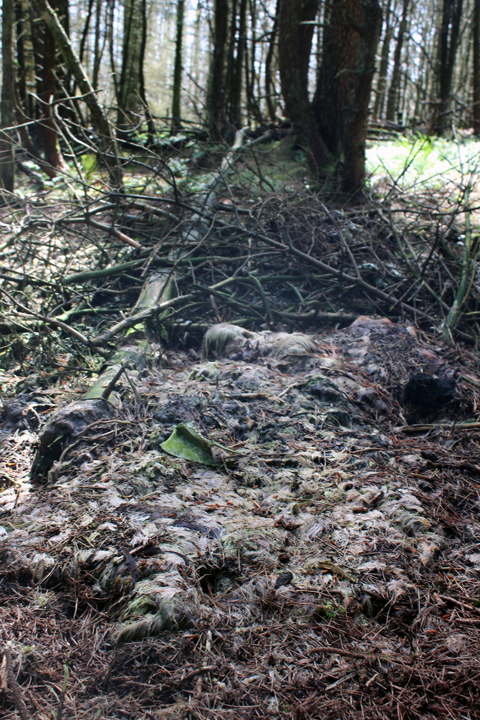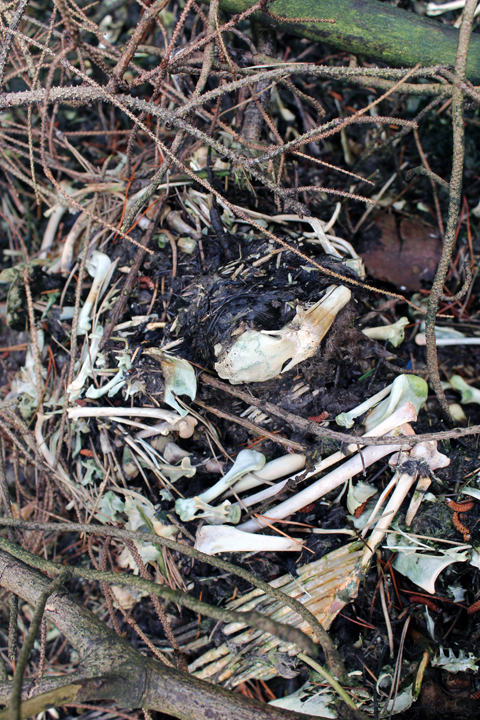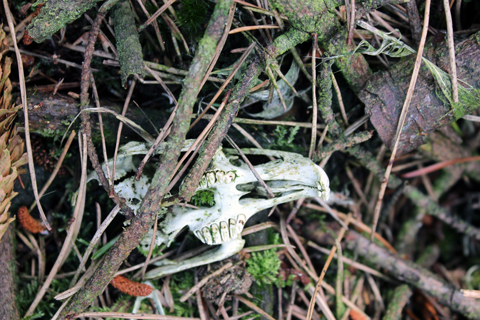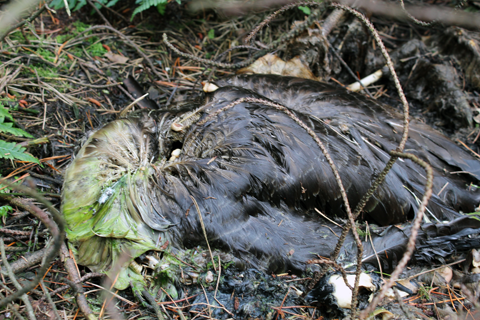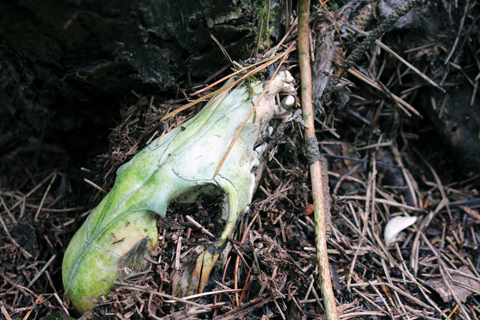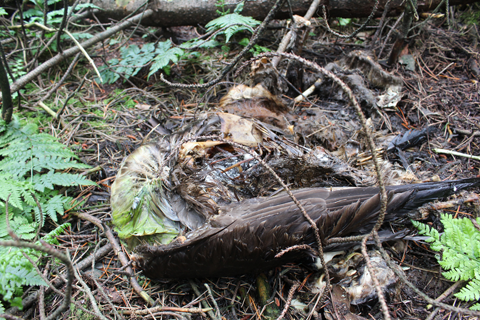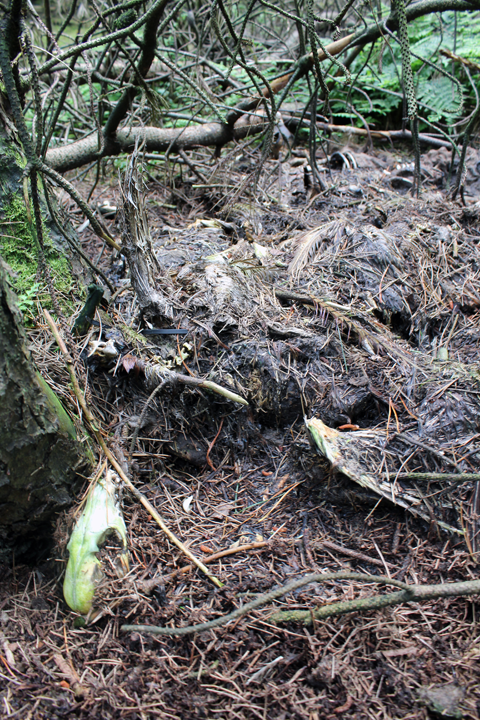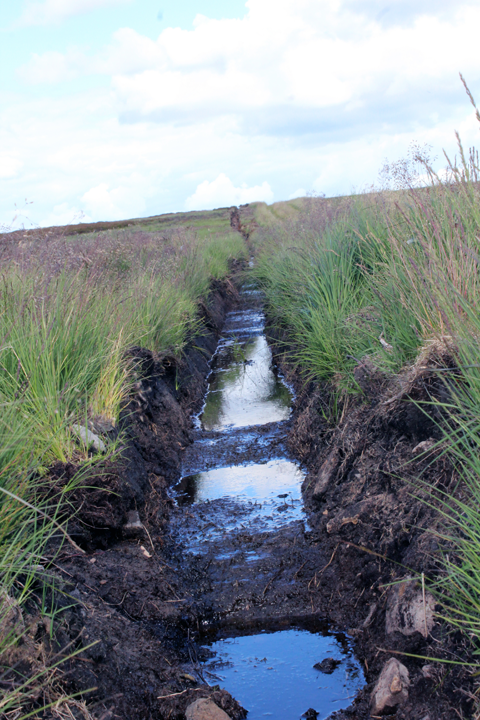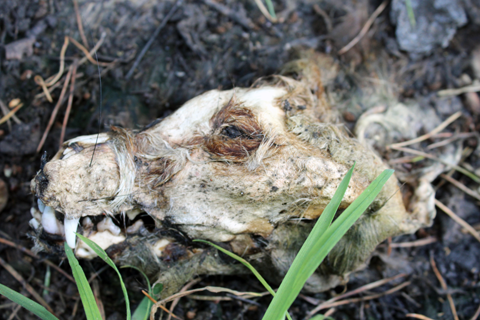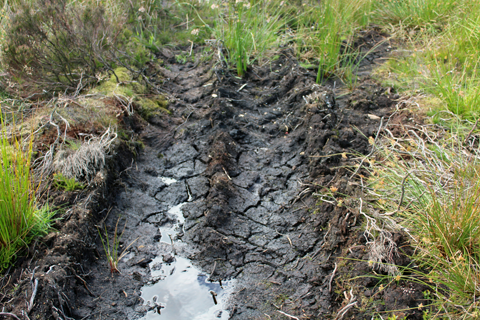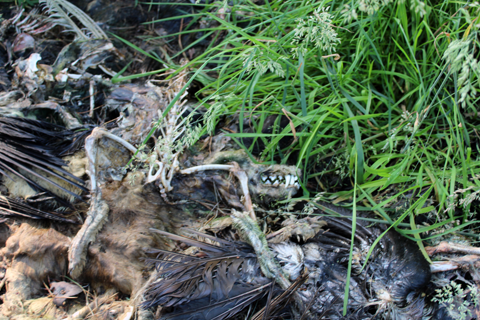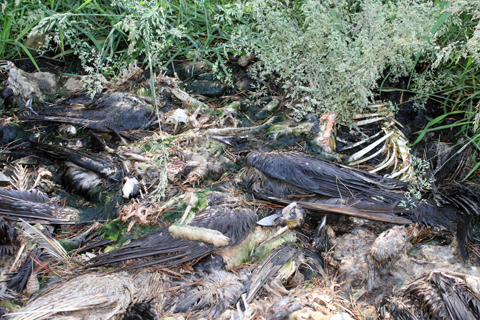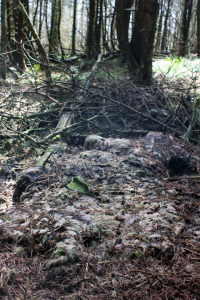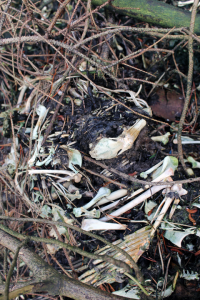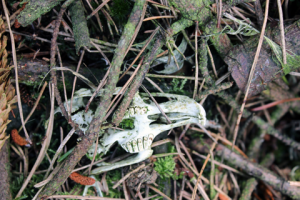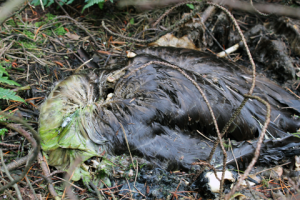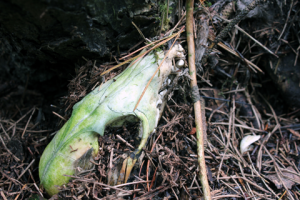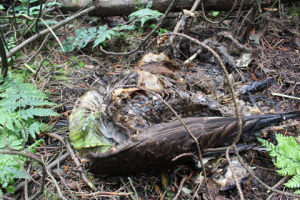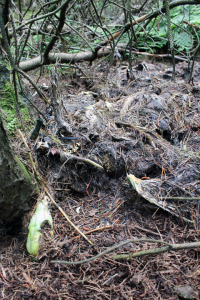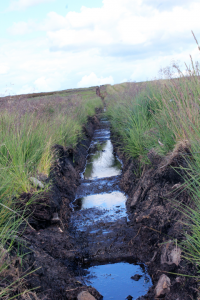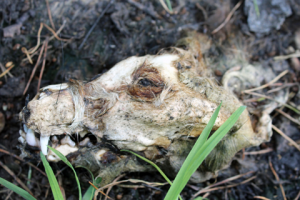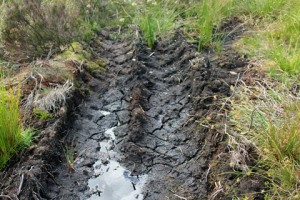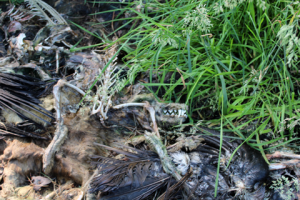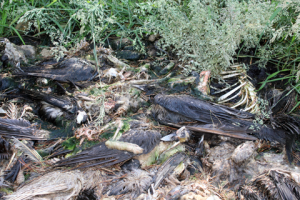Grouse shooting: Unnatural. Uncontrolled. Unkind.
The grouse shooting season commences on 12 August. Until fairly recently, the so-called Glorious Twelfth – celebrated as a traditional custom of the wealthy and elite – has passed with little criticism. But opposition to the ‘sport’ has rocketed in recent years, following revelations of the damage done by grouse moor operators.
Among those to speak out are conservationists, concerned about the illegal persecution of birds of prey; environmentalists, distraught over the burning and draining of the precious peat bogs in upland areas; and animal activists, horrified at the use of grouse as live targets and the snaring and trapping of huge numbers of wild animals.
Please help us raise awareness of the destructive and cruel nature of this activity.
- Watch and share our film on social media
- Order leaflets to distribute ahead of the 12 August
- Watch the interviews with those who live in Hebden Bridge, near to a grouse-shooting moor
- Read Animal Aid’s in-depth reports on the grouse shooting industry – Calling the Shots and Calling the Shots 2014 – which describe how moorland shoots, supported by taxpayer subsidies, are brutally killing and maiming huge numbers of wild animals and leaving vast swathes of precious peatland burnt dry
About the film
The film was shot in 2016 across several upland areas in the UK, and depicts scenes that are typical of grouse shooting operations.
- Wildlife persecution: including footage of the traps, snares and ‘stink pits’ used to lure and kill animals who are perceived to be a threat to the short-term survival of the grouse.
- Environmental damage: including evidence of the burning of moorland to create heather, which acts as food and shelter for the intended quarry. But burning the moors damages delicate eco-systems and degrades the carbon-rich peat, releasing carbon dioxide, which contributes to climate change.
- Destruction of the landscape: including the building of roads and tracks across ecologically important upland areas, to access the grouse butts.
In addition, Animal Aid interviewed people who live in Hebden Bridge – an area which has been repeatedly flooded in recent years. Residents of the close-knit town live below an area of moorland that has come under intense criticism. They argue that the land management practices carried out on the moor in years past mean that the land has lost some of its capability to soak up rain. The consequence, argue residents, is that water runs off the moor and floods villages and towns in its path.
The following image gallery shows photos taken at the film locations, including stink pits on Walshaw Moor and Bingley Moor, tire tracks, drainage ditches and a grouse butt on Bingley Moor as well as burning on the moors:
